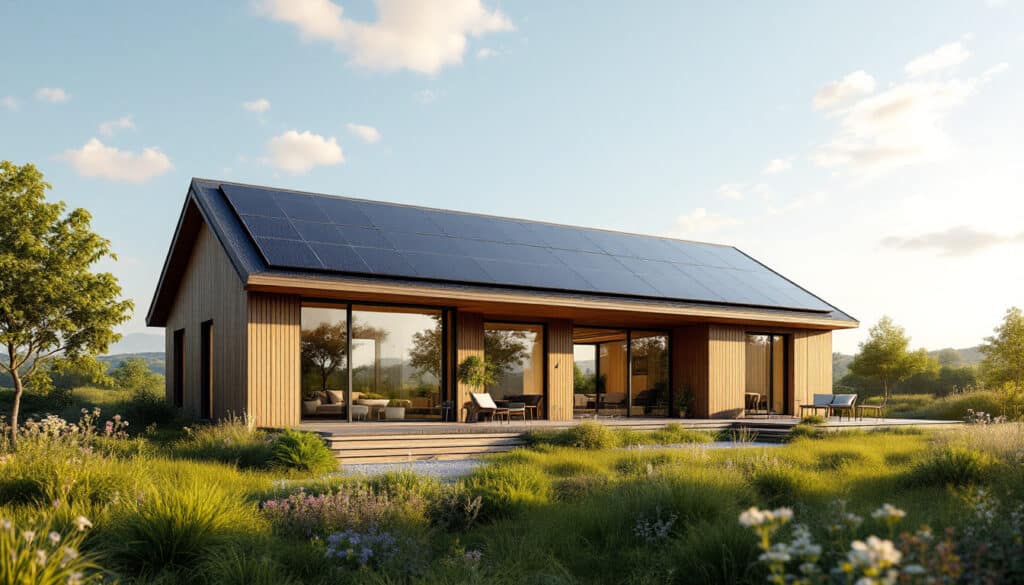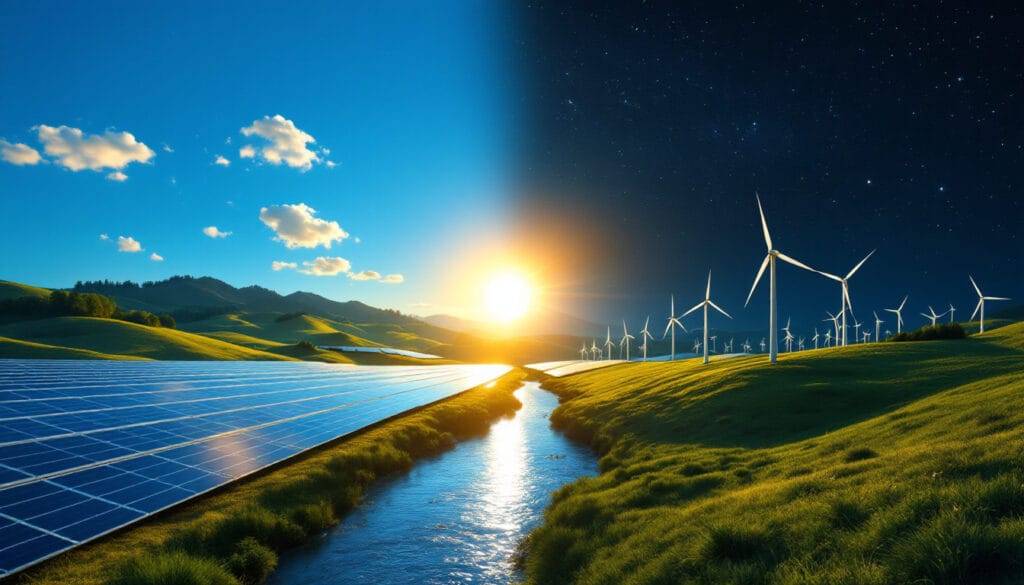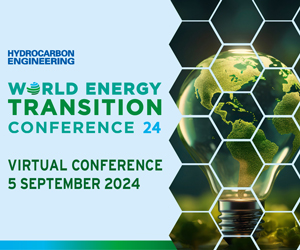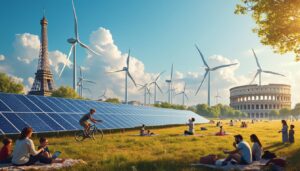Let’s dive into the fascinating world of passive housing, an architectural approach distinguished by its commitment to sustainability and energy efficiency. Eliminating nearly the need for traditional heating thanks to advanced insulation, rigorous air tightness, and ingenious double flow ventilation, this type of construction revolutionizes our way of living. With energy consumption reduced by up to 90%, passive housing offers exceptional thermal comfort while deeply respecting the environment. Discover how this innovative model redefines the standards of comfort and environmental respect.
Passive Housing: Passive housing refers to a cutting-edge construction that aims to minimize energy consumption while maximizing occupant comfort. Thanks to advanced technical principles, such as insulation and ventilation, this type of housing offers a sustainable and eco-friendly solution.
Thermal Insulation: This technique involves placing high-performance materials around the building to reduce heat loss. Thermal insulation ensures that the house stays warm in winter and cool in summer, without excessive reliance on heating or air conditioning devices.
Air Tightness: This refers to a building’s ability to prevent uncontrolled air leakage. Optimal air tightness ensures that the indoor temperature remains stable. This is achieved through a tight seal around doors, windows, and walls, limiting energy losses.
Double Flow Ventilation: This ingenious system allows for effective air management inside the passive housing. It captures heat from the outgoing air to preheat the incoming fresh air, thus allowing constant ventilation without significant thermal losses.
Thermal Bridges: Thermal bridges are areas of a building where heat can easily escape, causing significant energy losses. In passive housing, eliminating thermal bridges is crucial for maintaining energy efficiency.
Solar Gains: Solar gains involve the strategic use of natural sunlight to heat and light the interior of a building. With large windows oriented optimally, solar energy is maximized to provide warmth and reduce energy needs.
Thermal Comfort: This term describes the sensation of well-being felt thanks to a stable and pleasant indoor temperature. In a passive house, thermal comfort is ensured by construction methods that minimize temperature variations.
Energy Savings: The main goal of passive housing is to reduce energy consumption. Through smart design, these buildings allow for savings of up to 90% on heating and cooling compared to traditional buildings.
Durability: Passive housing emphasizes environmentally friendly construction by using eco-friendly materials and techniques that minimize carbon footprint while maximizing the longevity and performance of the building.
Operational Costs: This term refers to the expenses associated with the daily operation of a building. Due to its low energy needs, passive housing significantly reduces energy bills, providing substantial long-term savings.
Air Quality: Through controlled ventilation, passive housing ensures a notable improvement in indoor air quality. This means a constant supply of fresh air, contributing to a healthy and pleasant indoor environment.
FAQ: Understanding Passive Housing
Q: What is passive housing?
A: Passive housing is a type of construction that maximizes energy efficiency by minimizing heating and cooling needs while ensuring optimal comfort.
Q: What are the principles of passive housing?
A: Passive housing relies on several key principles, such as eliminating thermal bridges, optimal air tightness, and utilizing double flow ventilation to avoid thermal losses.
Q: What are the economic advantages of passive housing?
A: Economic advantages include significant savings on energy bills, with a reduction of up to 90% in heating and cooling costs, as well as an increase in property value.
Q: How does passive housing help reduce the ecological footprint?
A: By reducing energy consumption and utilizing renewable resources, passive housing decreases the carbon footprint and helps combat climate change.
Q: What is the level of comfort in a passive house?
A: A passive house offers superior indoor comfort by ensuring a stable and pleasant temperature throughout the year, thus contributing to the well-being of the occupants.
Articles similaires
Thank you!
We will contact you soon.













